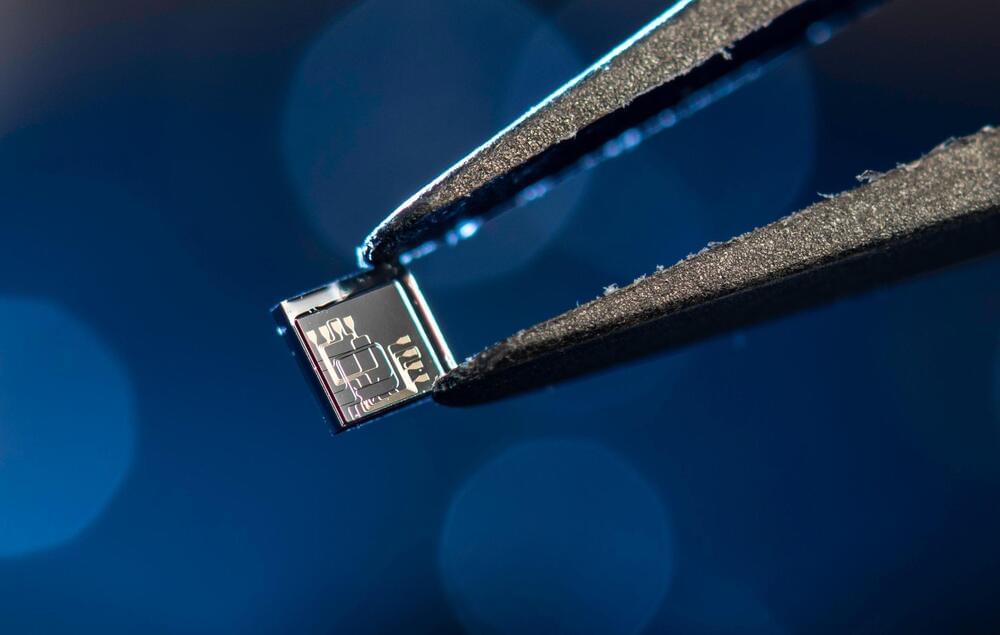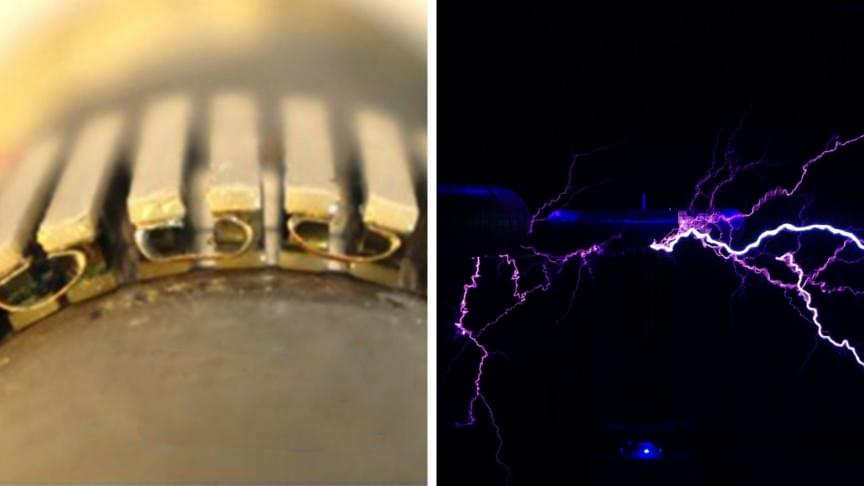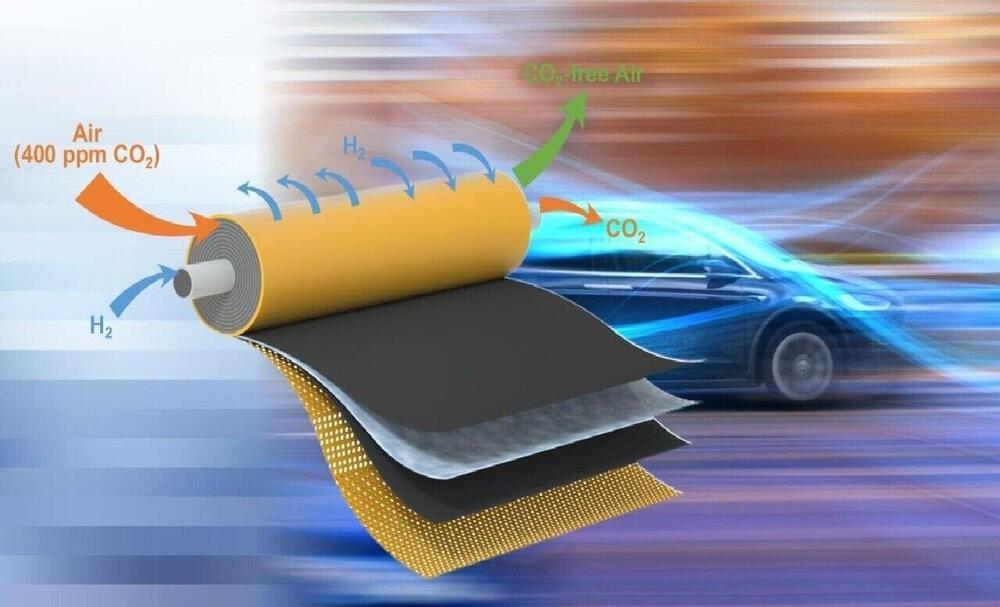
Researchers at University of Rochester’s Institute of Optics for first time distill novel interferometry into a photonic device.
University of Rochester researchers for the first time package a way of amplifying interferometric signals using inverse weak value amplification —without increase in extraneous input or “noise”—on an integrated photonic chip.
By merging two or more sources of light, interferometers create interference patterns that can provide remarkably detailed information about everything they illuminate, from a tiny flaw on a mirror, to the dispersion of pollutants in the atmosphere, to gravitational patterns in far reaches of the Universe.


















